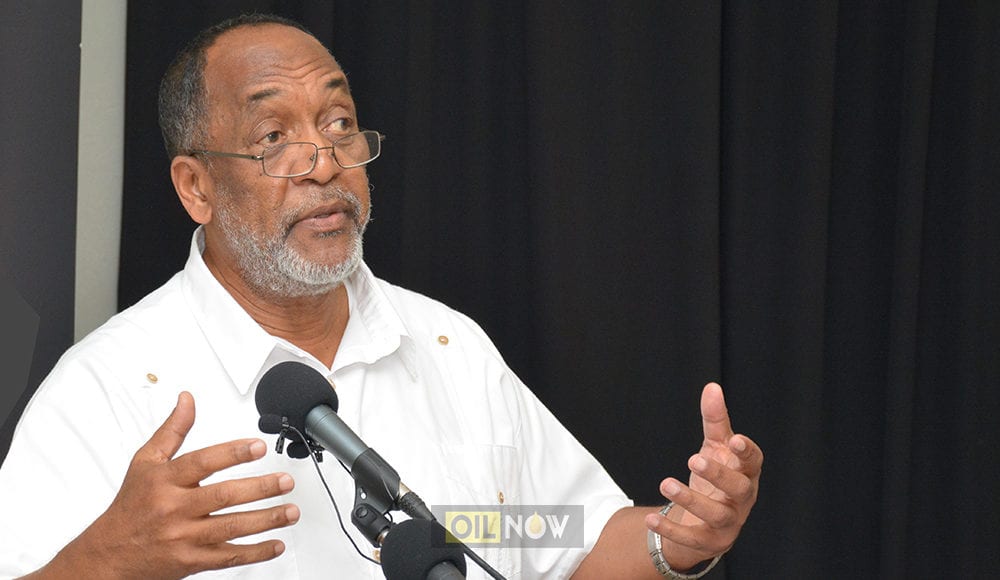The World Bank is assisting the Environmental Protection Agency (EPA) in Guyana with the establishment of a Petroleum Unit to address oil and gas matters as first oil approaches in the South American country.
However, EPA’s Executive Director, Dr. Vincent Adams said that it is impossible for this unit to be established and fully staffed by the commencement of oil production in 2020.
Speaking to OilNOW, Dr Adams said although companies like ExxonMobil have the people and the technology in place and have committed to the terms of the Environmental Authorisation for their operations, the EPA still has to do its monitoring, and this could be a challenge due to a skills dearth.
He noted that with Guyana’s first oil find being announced in 2015, it is difficult for any country with limited resources to build up the needed capacity in just four years. “…we do not have even close to the capacity that we are supposed to have. Are we preparing for that? Yes,” he said.
“The World Bank assisted us in putting together a Petroleum Unit…the proposal right now is to have 36 people in that unit just to cover petroleum offshore,” he added.
Dr. Adams said the structure of the unit is based on other models around the world. “It will be staffed by highly skilled people like petroleum engineers…with lots of experience…the question is how are we going to find these people?” he said.
Since persons with these skills may not be resident in Guyana, he said the World Bank is working with the EPA to source them from beyond the country’s shores. However, he said with the overseas skills there must be the transfer of knowledge to local workers, as part of that arrangement.
Asked about the timeline for the unit to be fully staffed and operational, he said that it will not be ready come first quarter 2020 when first oil is pegged to commence. “Hopefully, we will be able to get it started and try to get it fully manned as soon as possible. But in the meantime, we are going to do our very best with whatever capacity we have.”
To bolster the capacity of the staff that are there currently, the EPA has been sending them on attachment arrangements in Mexico and other places and placing them on drill ships.
Dr. Adams said that the consultant who is working along with the EPA to set up the unit had, about four years ago, set up a similar unit in the Mexican environmental regulatory agency. However, that unit has a much larger staff complement of over 300 persons.
The EPA head said that he has submitted his budget for the agency with the expenditure for the new staff included but because of the current political situation in the country which does not allow for the National Assembly to meet and approve funding, everything is on hold.



